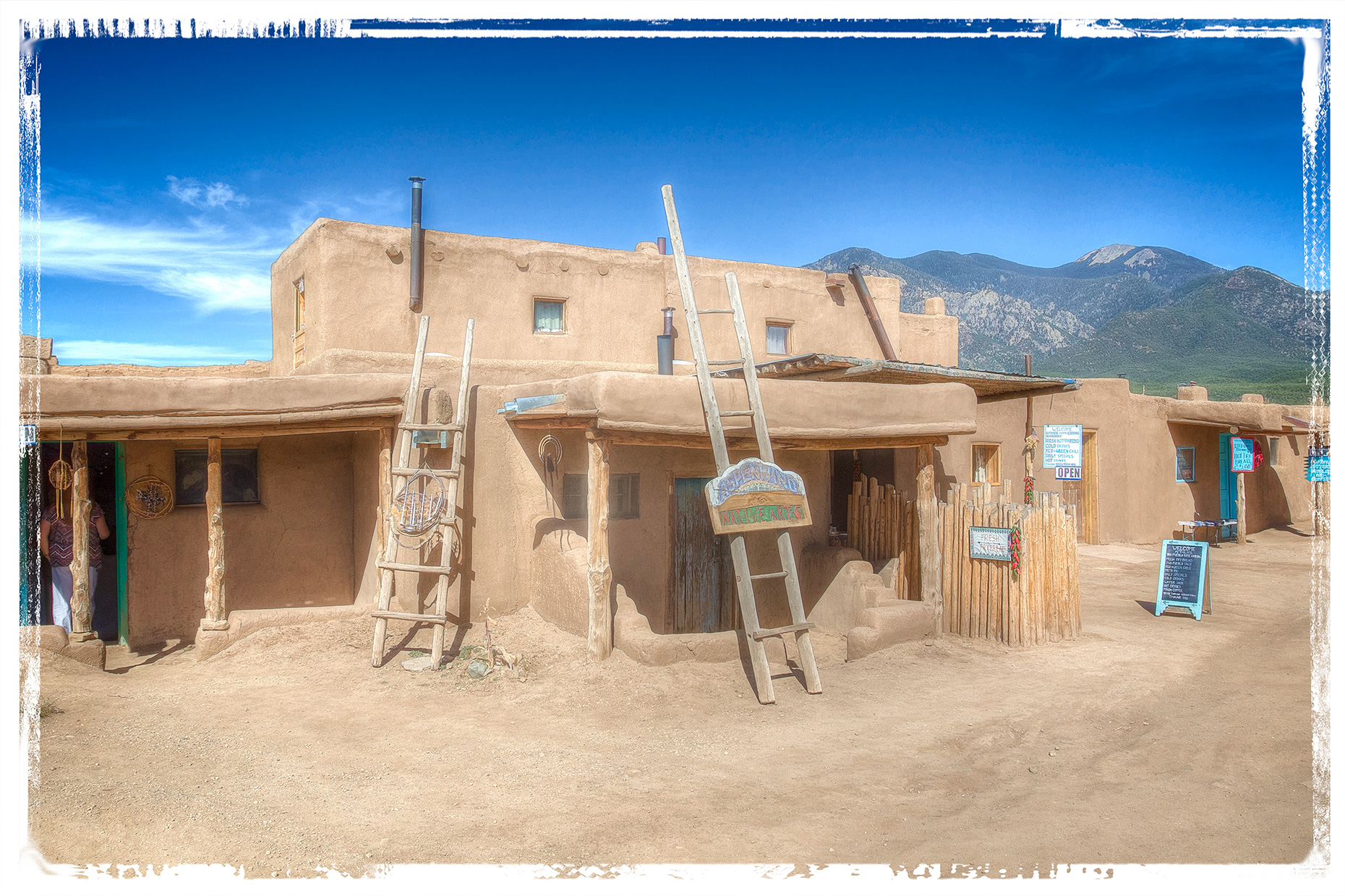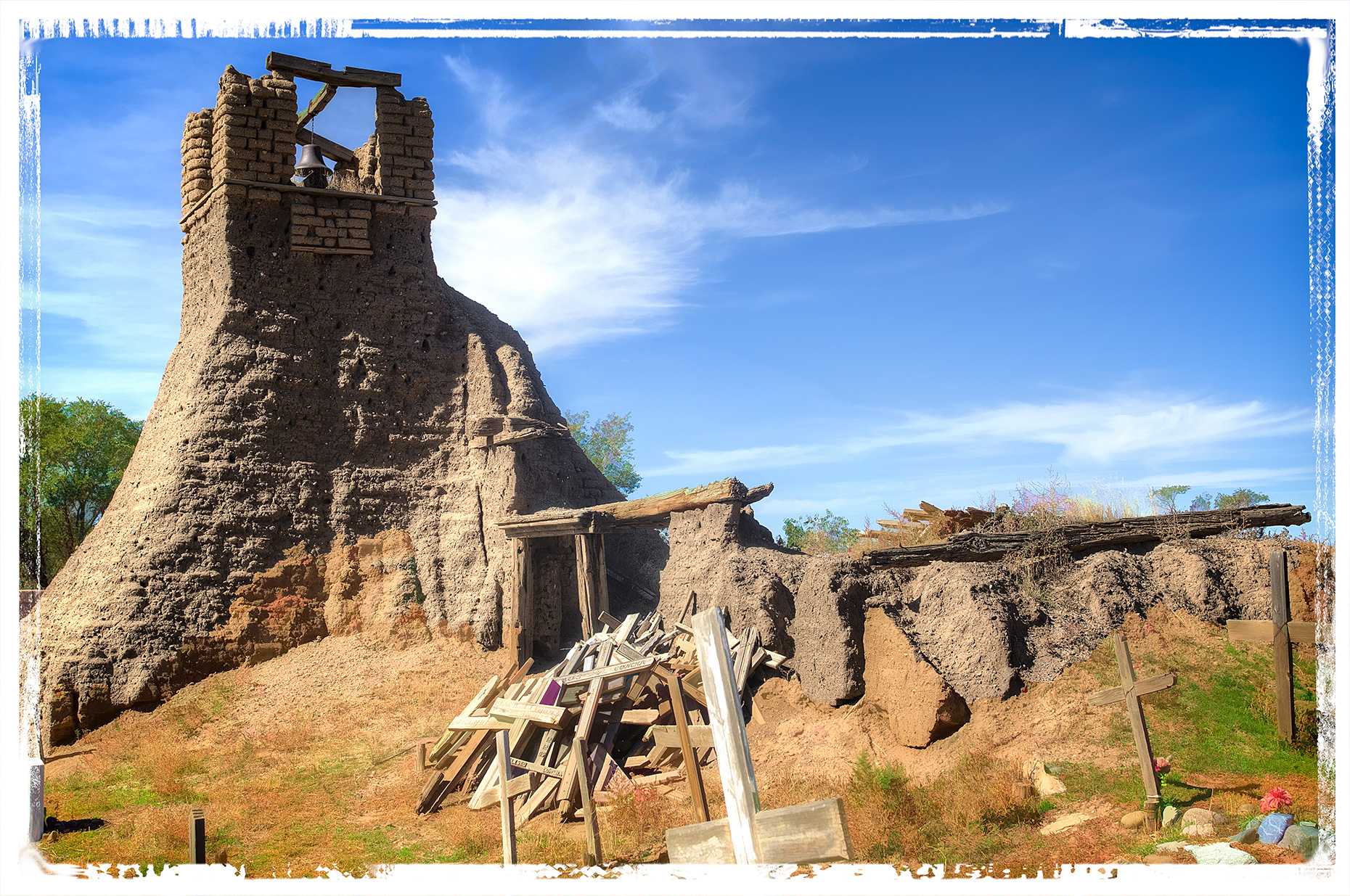Knowing that Greg wouldn’t be available until 8:00 PM, we decided to take the High Road from Taos to Santa Fé based on recommendations I read on the internet. There were some beautiful sights just outside of Taos, including golden Aspen Groves.
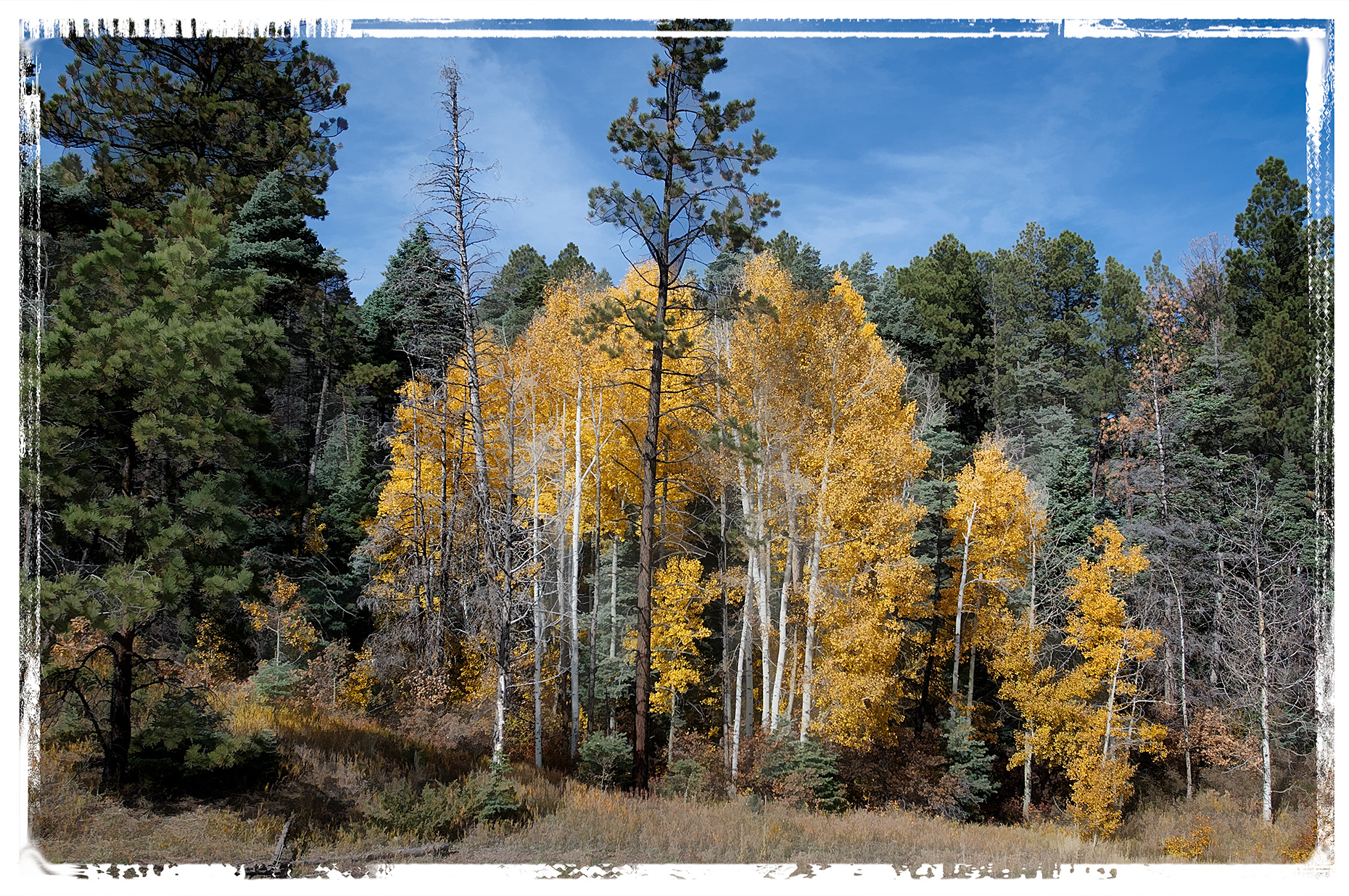
Our first major stop was the Picuris Pueblo, supposedly known for its “beautiful arts, crafts, and pottery.” Unfortunately upon arrival we learned that they Gallery/Gift Shop/Restaurant were closed for the season. It turned out that there was still a $5.00 fee to enter the reservation and another $15.00 fee to take photographs. I kind of assumed that if they were charging another 15 dollars that there must be some great shots to be taken.
The church was beautiful, though not as striking as the church we had seen at the Taos Pueblo the day before.
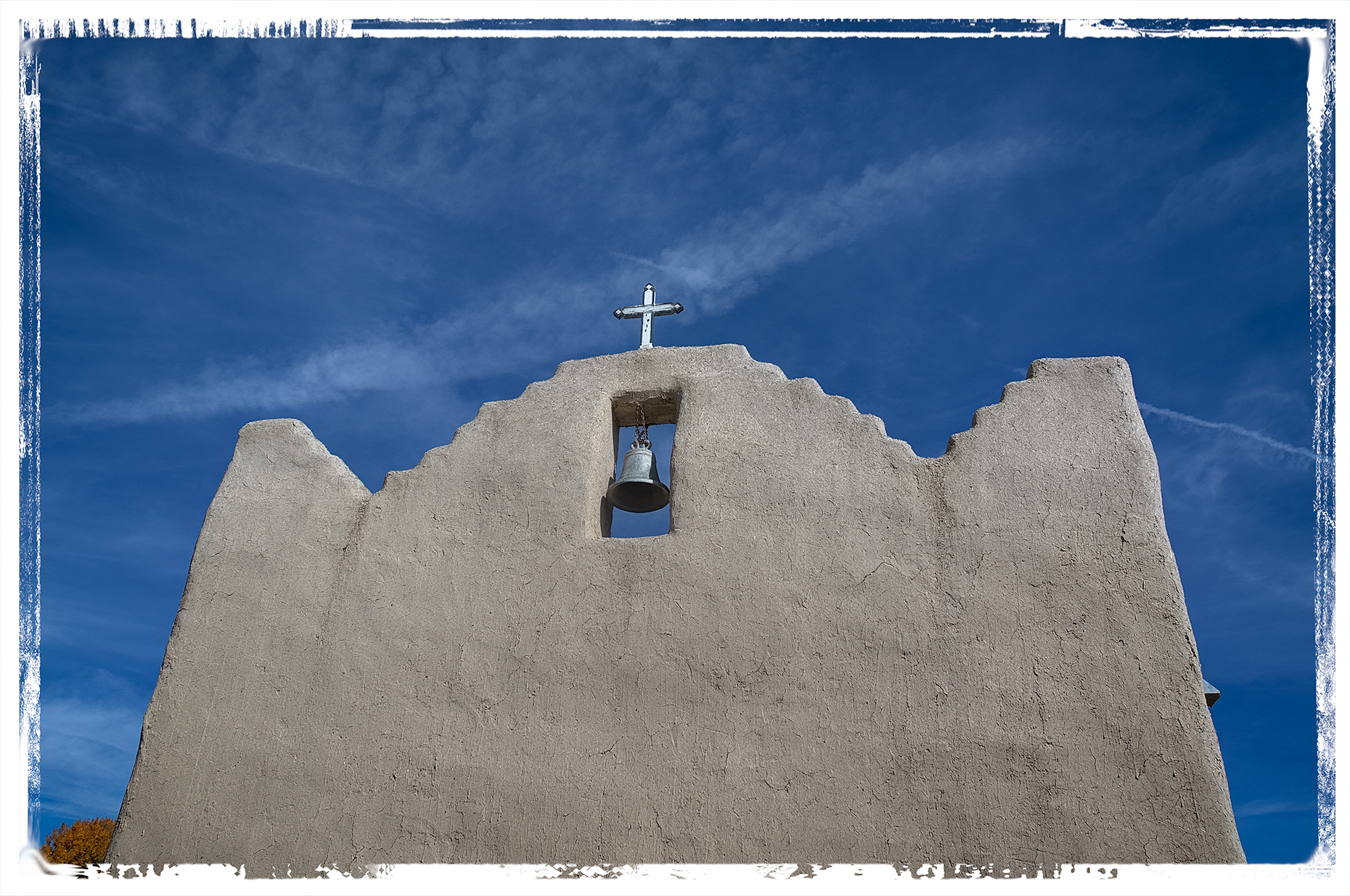
The church was the highlight of our visit, and I found the almost childlike simplicity of the altar

and this display
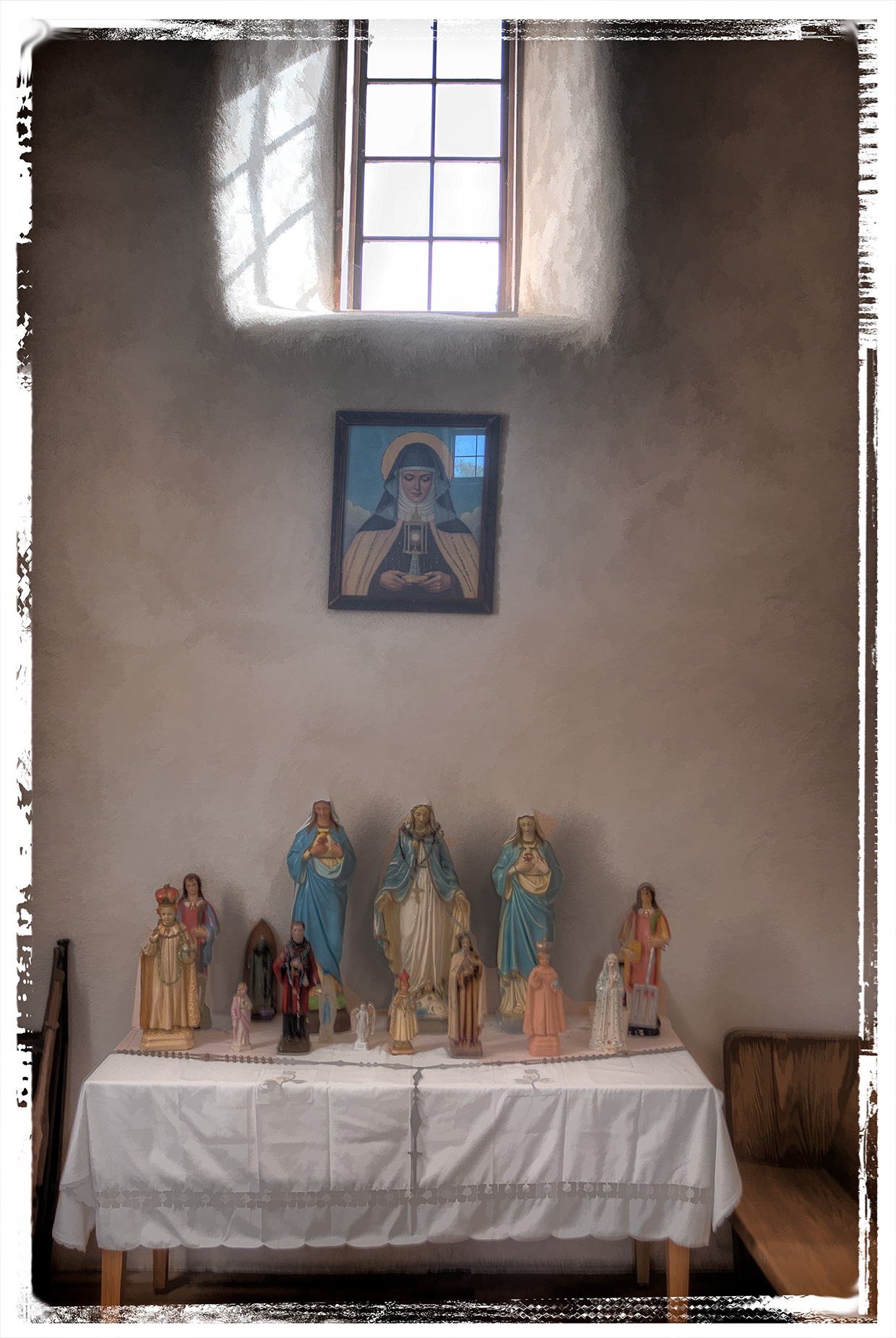
truly beautiful.
I found the 400 year old kiva less impressive.
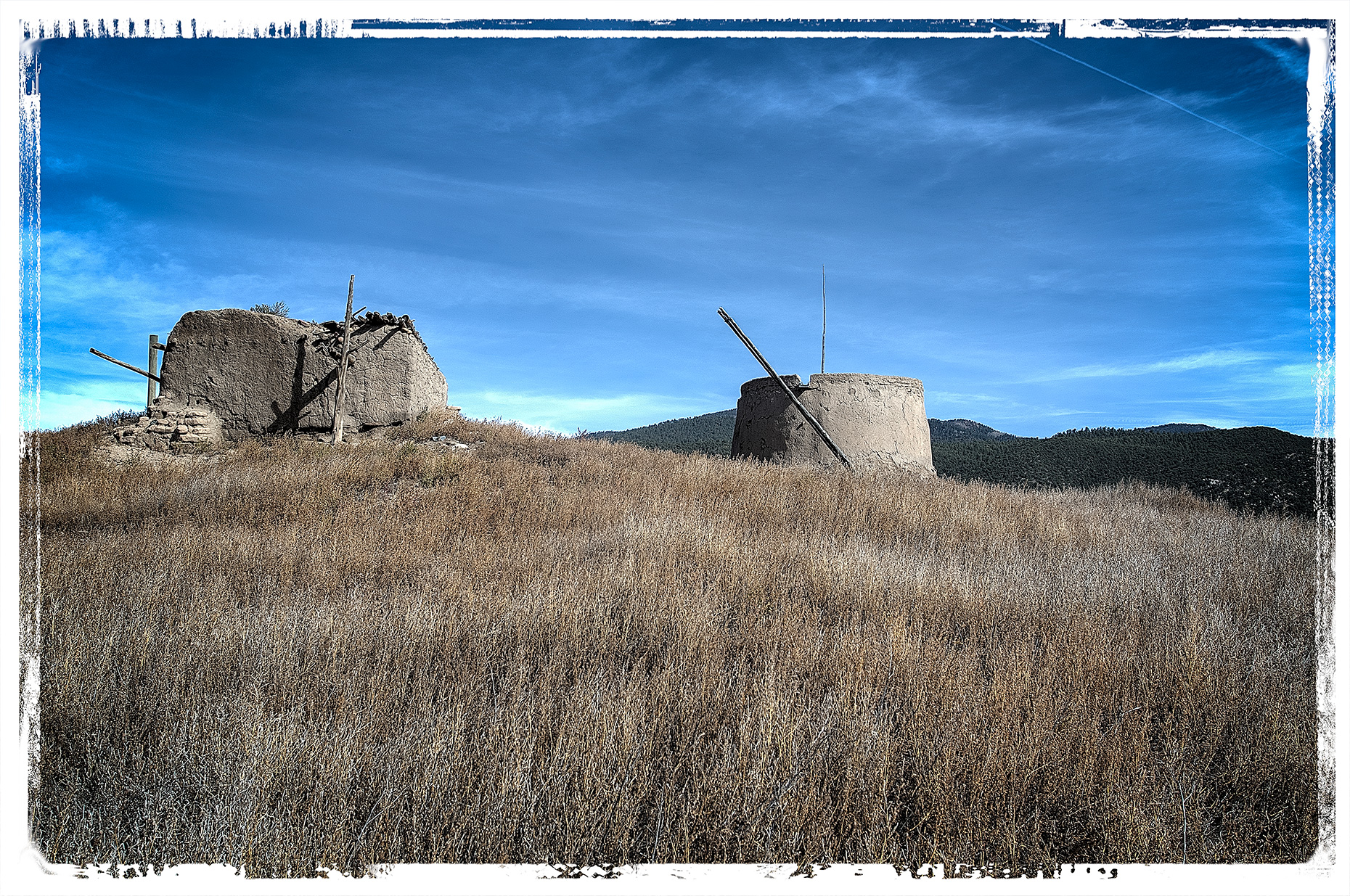
Unfortunately, I left feeling that I had been ripped off with the photography surcharge, and a little exploration on the internet revealed that I wasn’t alone in the feeling that way. Though there might be a few special holidays when it would be worthwhile to visit, our visit didn’t turn out to be so.
We had an equally unhappy experience at the Nambe Pueblo where I had intended to visit their waterfall, the second highest in New Mexico. The sign at the entrance said the park was open, but after driving ten miles down the road we found the gates locked and a sign warning that trespassers would be prosecuted.
It wasn’t a complete waste of time, though, as I pulled over and took some shots of the striking landscape.
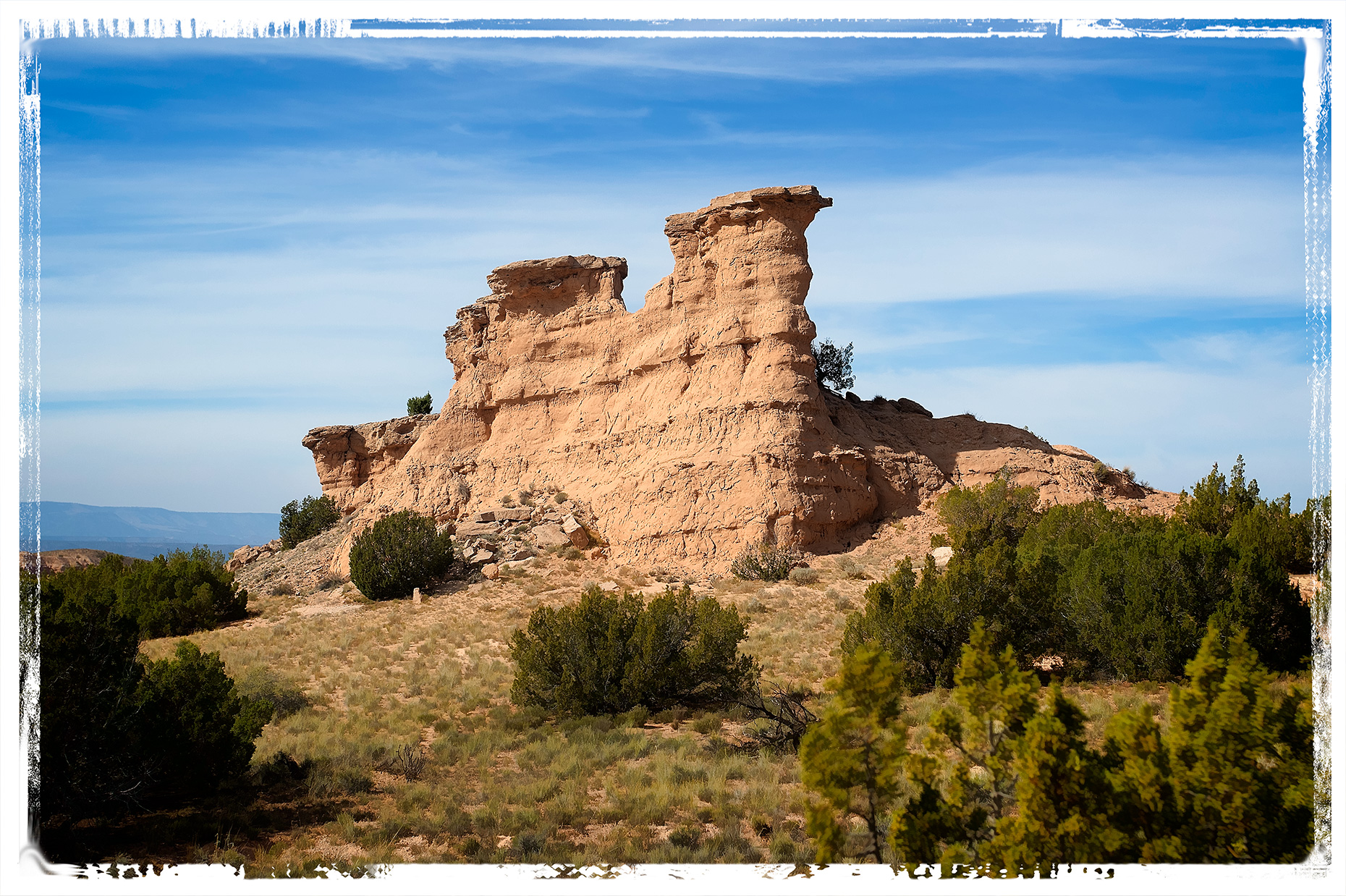
In retrospect, if I were to make the trip again I would have researched the artist tour and focused more on visiting studios hidden off the road. We only managed to visit two of them but were quite impressed by both, even if I didn’t take any pictures At both places I was seriously tempted to spend a lot more money than I could afford. The first place had beautiful pottery and watercolors. The second was a weaving store; as much as I admired one coat, I couldn’t justify the $600 price tag though the handwork more than justified the price.




